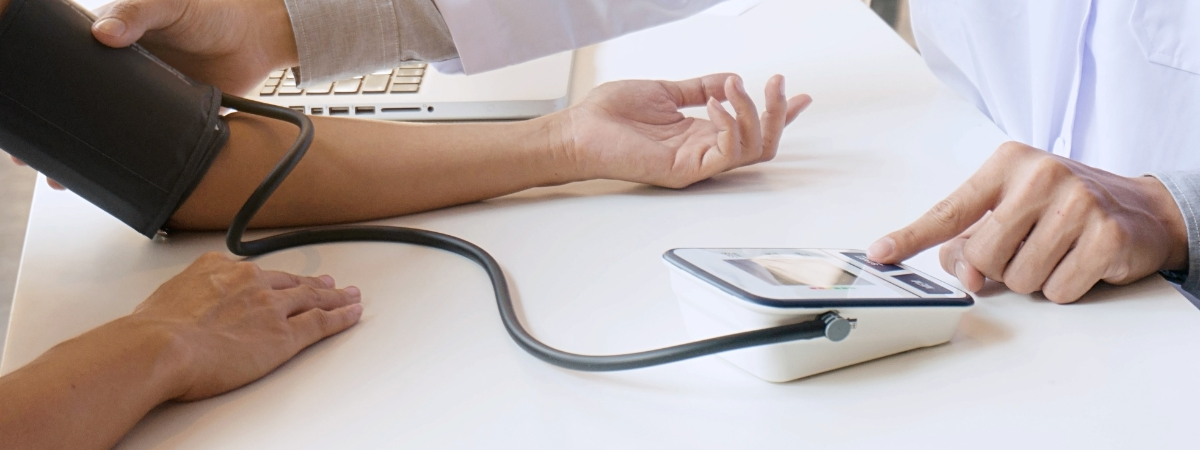Vous avez un doute entre un passage "couché - debout" ou "assis - debout"?
Définition du HO : chute de >=20mmHg systolique ou >=10mmHg diastolique
Comment faites-vous ? Passage couché – debout ou assis – debout ?
Seule la mesure couché-debout prédit le risque de chute. En effet, l’étude ci-dessous montre qu’il faut faire passer le patient de la position couchée à debout pour avoir une bonne évaluation.
Going from supine to standing is more sensitive than going from sitting to standing.
When you assess patients for orthostatic hypotension (OH), do you have them go from supine to standing, or from seated to standing? Researchers compared the two methods, using data collected in a previously published trial of vitamin D and falls in older adults (age, ≥70) who were at above-average risk for falls (NEJM JW Gen Med Feb 1 2021 and Ann Intern Med 2021; 174:145).
For 534 participants, both supine-to-standing and seated-to-standing orthostatic blood pressure measurements were obtained as many as 4 times during the 2-year study. For both protocols, measurements were done several times during the 3 minutes after standing. Two thirds of patients had hypertension, managed with one or more antihypertensive drugs.
OH (systolic drop of ≥20 mm Hg or diastolic drop ≥10 mm Hg) was documented more commonly with the supine than with the seated protocol (15% vs. 2%). Supine (but not seated) systolic OH was associated significantly with having a fall during follow-up. Moreover, supine (but not seated) OH was associated with patient-reported fainting and presyncopal symptoms during the previous 30 days.
Juraschek SP et al. Comparison of supine and seated orthostatic hypotension assessments and their association with falls and orthostatic symptoms. J Am Geriatr Soc 2022 Aug; 70:2310. (https://doi.org/10.1111/jgs.17804)
Neurology 2015; 85:1362



